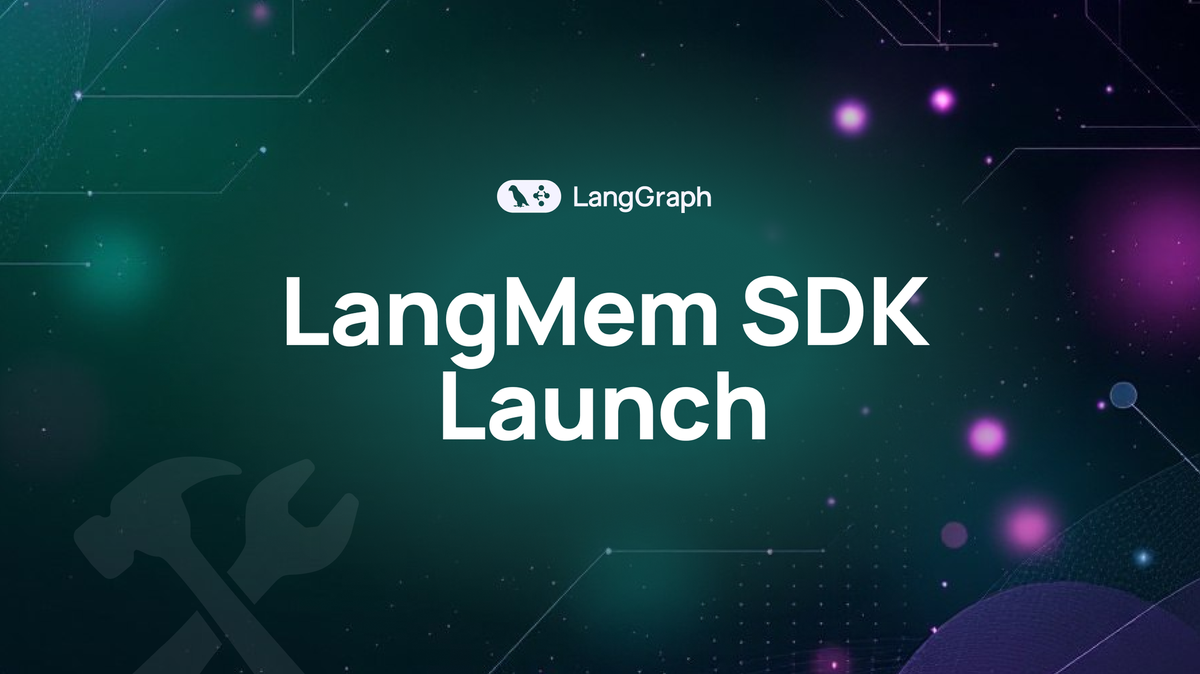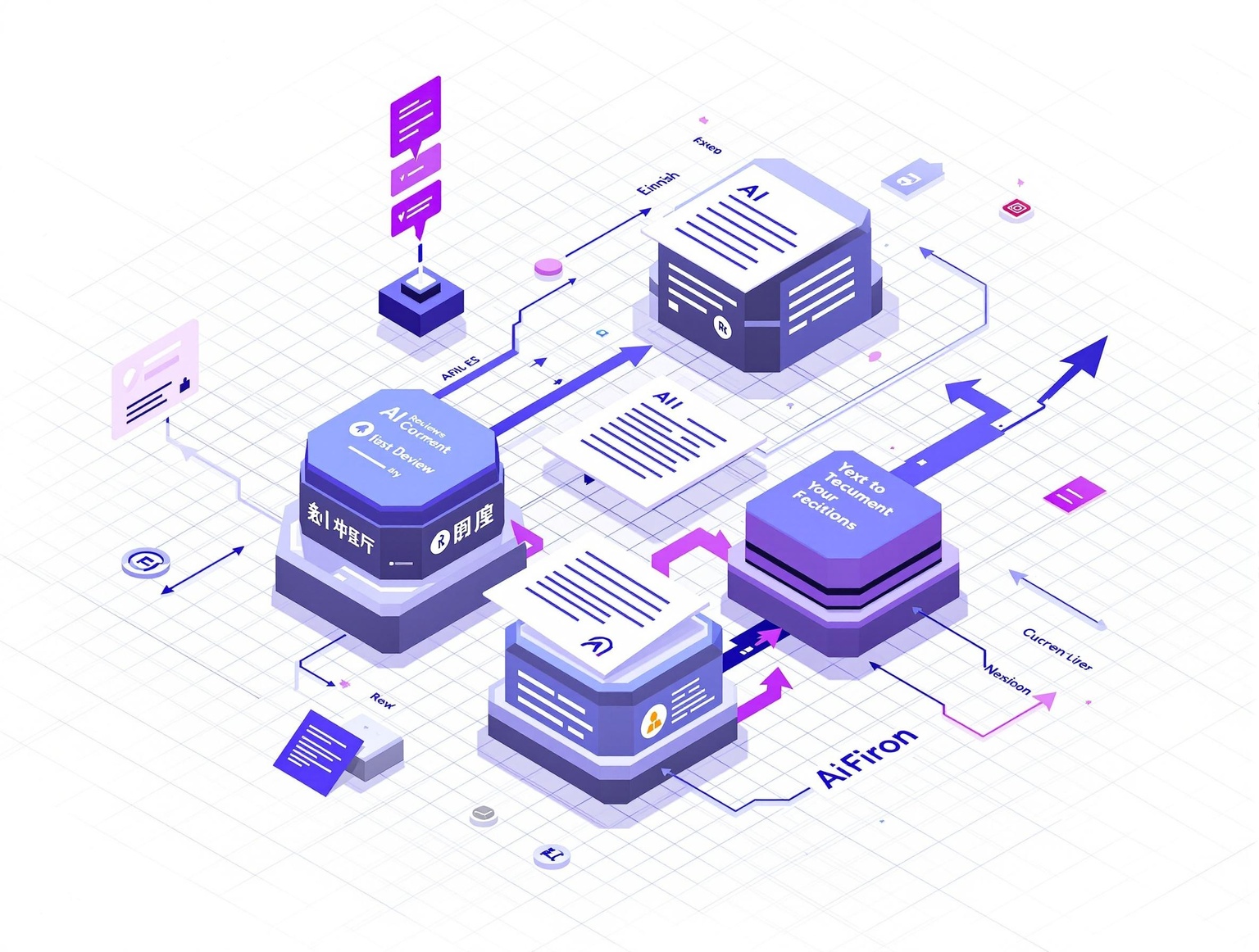
The article reports on xAI's latest flagship Large Language Model, Grok-3. The Grok-3 series includes a lightweight version, Grok 3 mini, emphasizing rapid response. Grok-3 significantly outperforms models such as Gemini-2 Pro, DeepSeek-V3, Claude 3.5 Sonnet, and GPT-4o in multiple benchmarks including Math, Science, and Coding, and tops the Chatbot Arena. Grok-3 also features powerful agent capabilities, including DeepSearch comparable to OpenAI's Deep Research. DeepSearch enables in-depth research, brainstorming, data analysis, image generation, and code development. Additionally, the article introduces Grok-3's subscription and pricing information, as well as xAI's open-source principles. Finally, Musk implies that xAI will surpass OpenAI in technological competition, demonstrating confidence in its own technological competitiveness.




